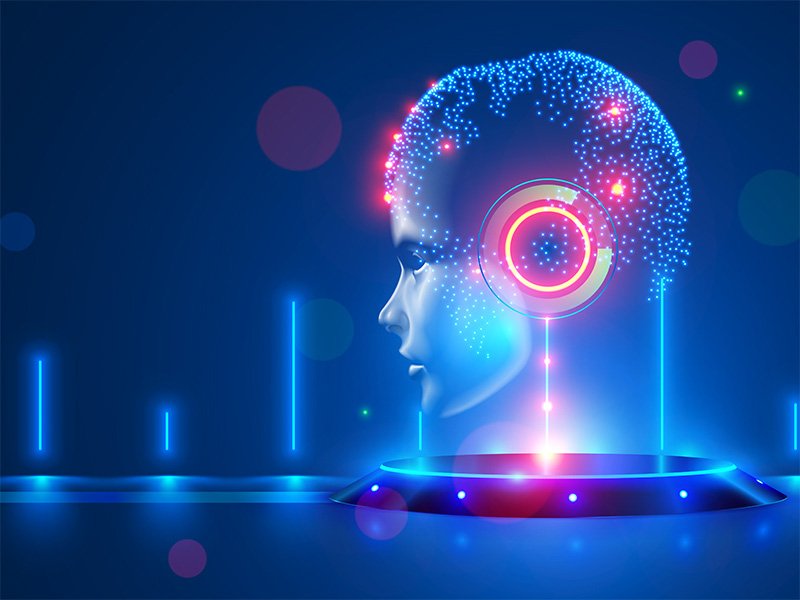There is a case quietly making its way through the Federal Court of Australia that could have profound implications for our conception of what it means to be an ‘inventor’, and whether this requires human creativity and ingenuity.
The outcome could also affect the freedom of Australian innovators to develop and commercialise new technologies.
In Stephen Thaler v Commissioner of Patents the court is being asked to resolve the question: can a patent be granted for an invention that was devised by a machine, or is a human inventor required?
Dr Stephen Thaler is the US-based developer of a computer program he calls DABUS (‘Device for the Autonomous Bootstrapping of Unified Sentience’). Dr Thaler claims that DABUS is capable of independent invention and that it has devised several new inventions.

The Artificial Inventor Project (AIP) is an initiative of Ryan Abbott, Professor of Law and Health Sciences at the University of Surrey. Professor Abbott argues that permitting machine inventors would incentivize the creation of intellectual property by encouraging the development of creative computers.
The AIP has filed patent applications in 17 countries, including the United States, the UK, Australia and New Zealand, with the aim of creating test cases to change the law. All these applications name DABUS as inventor, and Dr Thaler as owner of each application by virtue of his ownership of DABUS.
Dr Thaler’s claim that DABUS is capable of invention is not being tested in these cases. The sole question that arises is whether a patent application that names only a machine as inventor can be validly filed under the relevant patent laws.
So far, all patent offices that have considered the issue have refused to accept an application without a human inventor.
The court case, which was heard by Justice Jonathan Beach in Melbourne on 2 July 2021, seeks review of one such refusal by the Australian patent examining authority, IP Australia.
The stated object of the Australian Patents Act is to promote economic wellbeing through technological innovation and the transfer and dissemination of technology while balancing the interests of producers, owners and users of technology and the public.
At the hearing, Justice Beach appeared sympathetic to the argument that expanding the concept of ‘inventor’ to include machines would serve this objective.
I think that the economists at Australia’s Productivity Commission (PC) would disagree. More than 90 per cent of all Australian patent applications are filed by foreign entities.
In its 2016 review of the IP system, the PC concluded that, as a net importer of patented technology, Australia already overcompensates these mostly foreign patent owners. This, it argued, frustrates follow-on innovators and researchers, raising the costs of innovation and imposing costs on technology consumers and the community.
The government accepted recommendations of the review to implement reforms that would result in fewer, rather than more, patents being granted.
For most of us, the very idea of invention is intrinsically tied to human intellect and creativity. But patent law is not concerned with how an invention comes about. The objective legal test of patentability asks simply whether the invention is something that would not be obvious to a person skilled in the relevant field of technology, in view of everything that is already known and published.
A machine does not require human-like intelligence – or, indeed, any kind of intelligence – to satisfy this test. A program that randomly generates combinations of components until it stumbles across something new and useful would suffice.
We know that programmers can develop problem solving algorithms (including those employing AI technologies) that perform much better than random guessing. In their submissions to the Federal Court, Dr Thaler’s lawyers raised the example of ‘in silico’ drug discovery in the pharmaceutical industry.
Similar opportunities exist in many other fields. For the global tech giants, in particular, it may be a short step from computerised invention to machines that also generate the documentation necessary to file for patent protection.
Automated patent generators capable of monopolising large areas of technology could become a reality within the decade. Currently, the only legal barrier to this development is the requirement that an inventor be human.
It is not in Australia’s interests to become the first, and possibly only, country to permit machine-generated patents to be granted.
If the process of ‘inventing’ is to become nothing more than entering a problem into a machine, and waiting for it to spit out a solution, then it may be that the patent system as we know it is doomed to obsolescence.
But I am an optimist. I believe that human inventors, through the combination of perspiration and inspiration, will continue to produce creative insights and innovations that are beyond the capacity of mere machines to imagine.
The patent system should be reserved for these inventors. I hope that Justice Beach will agree with me.
Dr Mark Summerfield is an electrical engineer, a registered patent attorney, and a Senior Fellow lecturing in Patent Practice at the Melbourne Law School.
Do you know more? Contact James Riley via Email.
